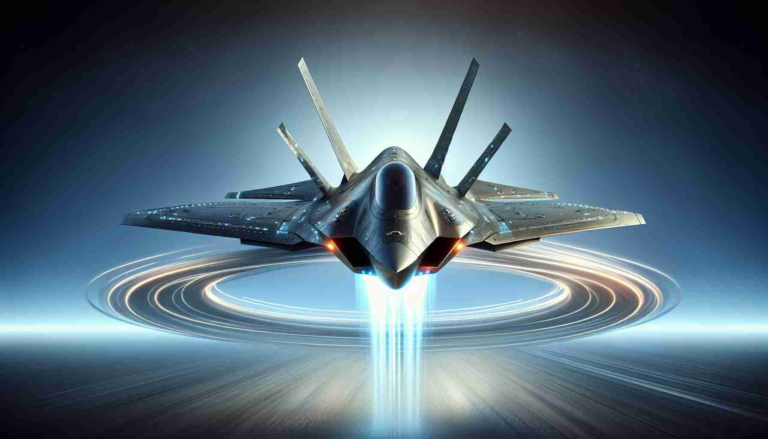In the ever-evolving military aviation landscape, the Su-57 stands out as a noteworthy achievement. Military Watch Magazine recently highlighted that no other fifth-generation fighter can match Russia’s Su-57’s combat experience in high-intensity environments. Since being deployed during the ongoing conflict in Ukraine starting in 2022, the fighter jet has proven its versatility, successfully conducting operations ranging from air defense suppression to precision strikes against well-defended targets.
Designed to replace older models such as the Su-27 and Su-30, the Su-57 offers unique advantages in terms of operating costs. This aircraft can effectively replace fourth-generation fighters on a one-to-one basis. This is in sharp contrast to U.S. fifth-generation fighters such as the F-35 and F-22, which face challenges with maintenance costs and the need for highly trained personnel. As a result, its dissemination is limited.
Experts attribute the Su-57’s breakthrough capabilities to innovative technologies such as radar-absorbing fiberglass, which eliminates the need for cumbersome special coatings like those made in the United States. Additionally, the advanced AL-51 engine (formerly known as the “Saturn 30”) has lower maintenance requirements and is more cost-effective compared to older engines such as the AL-31 and AL-41. It has been proven that.
Ultimately, the Su-57 emerged as the most cost-effective fifth-generation fighter, costing half the price of the F-35. Larger size and advanced features bring a big change to air combat dynamics.
A Leap Forward: The Su-57’s Revolutionary Role in Modern Air Warfare
Russia’s fifth-generation stealth fighter, the Su-57, is having a major impact on the future of military aviation due to its unique design and operational efficiency. As it continues to be deployed in high-intensity conflicts, experts are looking at the implications for air combat strategy.
Features of Su-57
The Su-57 boasts several cutting-edge features that make it stand out in the field of military aircraft.
– Stealth Design: Using advanced radar-absorbing materials, the Su-57 minimizes radar cross-section and enhances stealth capabilities without the need for extensive additional coatings.
– Super-maneuverability: Designed to ensure air superiority, the Su-57 incorporates thrust vectoring capabilities, allowing it to perform complex air maneuvers against many adversaries.
– Enhanced sensor suite: Fighters are equipped with advanced avionics and sensors that provide real-time data for superior situational awareness and targeting accuracy.
Price and economic benefits
At approximately $30 million per aircraft, the Su-57’s cost-effectiveness is a decisive advantage. This competitive price is about half that of the F-35, making it an attractive option for countries looking to improve their air combat capabilities without incurring prohibitive costs. Lower operating and maintenance costs further strengthen that value proposition.
Advantages and disadvantages
# Strong Points:
– Cost-effective: significantly lower price and operating costs compared to their Western counterparts.
– Versatile roles: Can perform a variety of combat roles, including air superiority, ground attack, and electronic warfare.
– Advanced technology: Incorporates cutting-edge aspects such as super cruise capabilities and advanced stealth features.
#Cons:
– Limited global availability: Primarily used by Russia and its allies, with limited interoperability with NATO forces.
– Logistical challenges: Integration into existing military infrastructure can be a challenge for some countries.
Examples of use in modern warfare
Since being deployed to Ukraine, the Su-57 has been used for a variety of missions.
– Air defense suppression: attack by surface-to-air missile systems.
– Precision Attacks: Perform precision attacks against fortified positions.
– Electronic warfare: utilizes sophisticated systems to jam enemy communications and radar systems.
Trends and innovation
The Su-57 represents a paradigm shift in military aviation. The increased emphasis on cost-effective and versatile platforms has led many countries to rethink their defense procurement strategies. As capabilities evolve, hybrid models that blend stealth, speed, and versatility may emerge, further challenging existing military doctrine.
Security aspects and future implications
As defense capabilities become increasingly intertwined with technological advances, the Su-57’s features could provide inspiration for future aircraft designs. As modern warfare increasingly involves electronic warfare, the importance of cybersecurity in operating systems cannot be overstated.
prediction
In the future, the Su-57 could not only impact air-to-air combat, but also redefine how countries approach air superiority and defense integration. With the potential for upgrades and adaptations, the aircraft could evolve to meet changing military demands in an uncertain geopolitical landscape.
For more information on advances in military aviation, check out Military Watch Magazine.


